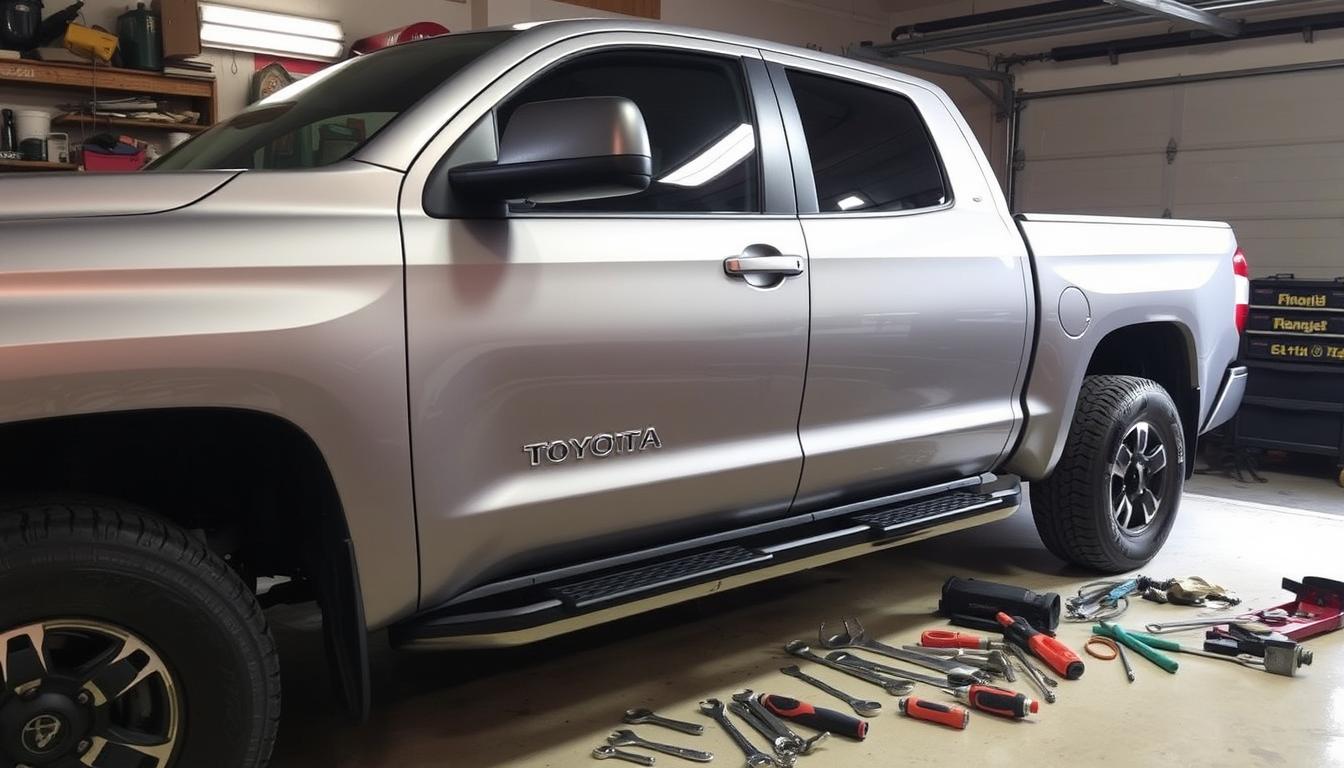
How to Jack Up a Pickup Truck for Long Term Storage
When preparing your pickup truck for long-term storage, properly jacking up the vehicle can prevent flat spots on tires and reduce stress on suspension components. This process requires attention to detail and the right equipment to ensure your truck remains in good condition throughout its storage period.
Gathering the Necessary Equipment
Before beginning the process, collect all required tools and equipment. You'll need sturdy jack stands rated for your truck's weight, a hydraulic floor jack with adequate lifting capacity, wheel chocks for safety, and possibly wooden blocks for additional support. Having the right equipment ensures the job is done safely and effectively.
Finding the Perfect Storage Location
The ideal storage location should have a level concrete surface. Avoid storing your truck on dirt, grass, or gravel as these surfaces can shift over time. A garage or covered area provides the best protection from weather elements, which can affect both your truck and the stability of your jacking setup.
Safety First: Preparation Steps
Start by parking your truck on flat, level ground. Place the transmission in park (or in first gear for manual transmissions) and engage the parking brake. For added safety, position wheel chocks on the wheels opposite to those you'll be lifting first. This prevents unexpected movement during the jacking process.
The Proper Jacking Technique
Consult your truck's owner's manual to locate the recommended jacking points. Improper placement can damage the frame or body panels. Position the hydraulic jack under the appropriate jacking point and slowly raise the vehicle until there's enough clearance to place a jack stand underneath.
Positioning Jack Stands Correctly
Once the truck is raised slightly, place jack stands under the designated support points—typically the frame rails or axles. Carefully lower the truck onto the jack stands, ensuring they're properly seated. The weight should be evenly distributed, with the stands positioned at a wide stance for optimal stability.
Supporting All Four Corners
For long-term storage, it's best to raise all four wheels off the ground. Work one corner at a time, following the same procedure until all four corners are supported by jack stands. This approach completely relieves pressure on your tires and suspension components.
Additional Support Measures
For extended storage periods, consider placing wooden blocks or platforms under the jack stands to distribute weight more evenly. This extra precaution helps prevent the stands from sinking into softer garage floors over time. The wooden blocks should be thick, flat, and larger than the base of your jack stands.
Final Checks Before Leaving
Before considering the job complete, gently rock your truck to ensure it's stable on all supports. Check that each jack stand is properly positioned and locked in place. The truck should not wobble or shift when moderate pressure is applied. This final safety check provides peace of mind during long-term storage.
Conclusion
Properly jacking up your pickup truck for long-term storage requires careful planning and execution. By following these steps and using quality equipment, you can protect your truck's tires and suspension system while it's not in use. Get more outdoor Pickup accessories from JustV!
FAQ
How often should I check on my jacked-up truck during storage?
Inspect your setup monthly to ensure jack stands remain properly positioned and haven't shifted.
Do I need to remove the tires during long-term storage?
It's not necessary, but if storing for more than 6 months, removing and storing tires separately can provide additional protection.
Can I use cinder blocks instead of jack stands?
No, never substitute proper jack stands with cinder blocks or bricks as these can crack or crumble under weight.
